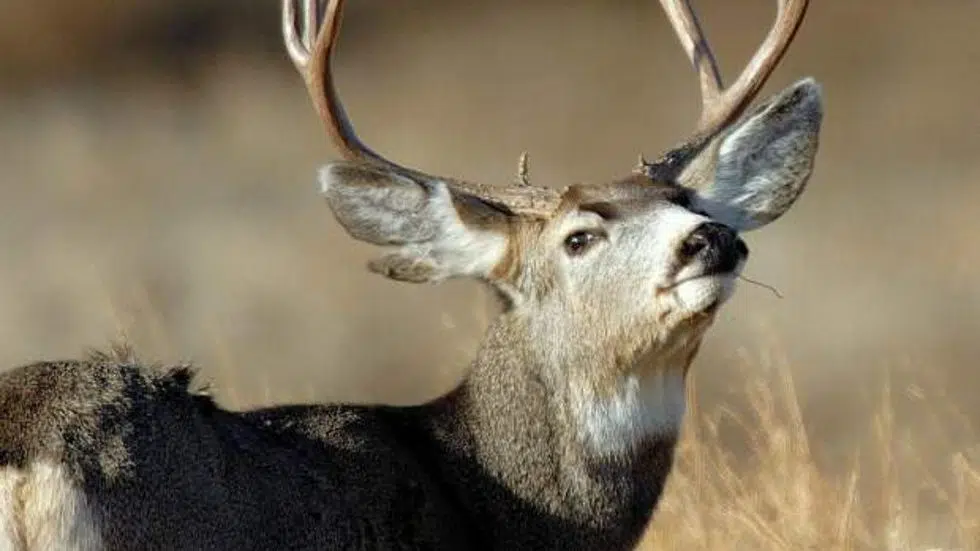
Chronic Wasting Disease samples, cases up across province
While the presence of Chronic Wasting Disease (CWD) may be on the rise in Saskatchewan, increased communication efforts have also driven up the count of hunter-harvested head testing samples.
CWD is a fatal disease which affects the nervous system of deer, elk, and in rarer cases, moose. The disease spreads among ungulates via saliva, urine and faeces. Infectious agents also bind to soil and vegetation animals use, which makes it particularly tricky to eradicate.
The topic was discussed by Todd Whiklo, a wildlife ecologist for the grasslands ecoregion, at the Saskatchewan Wildlife Federation’s Annual Convention in the city this week.
According to Whiklo, while the number of samples remains quite low, around 700 hunter-harvested samples were submitted in 2017, up from just under 400 in 2016. However, submissions are lacking across the province.

